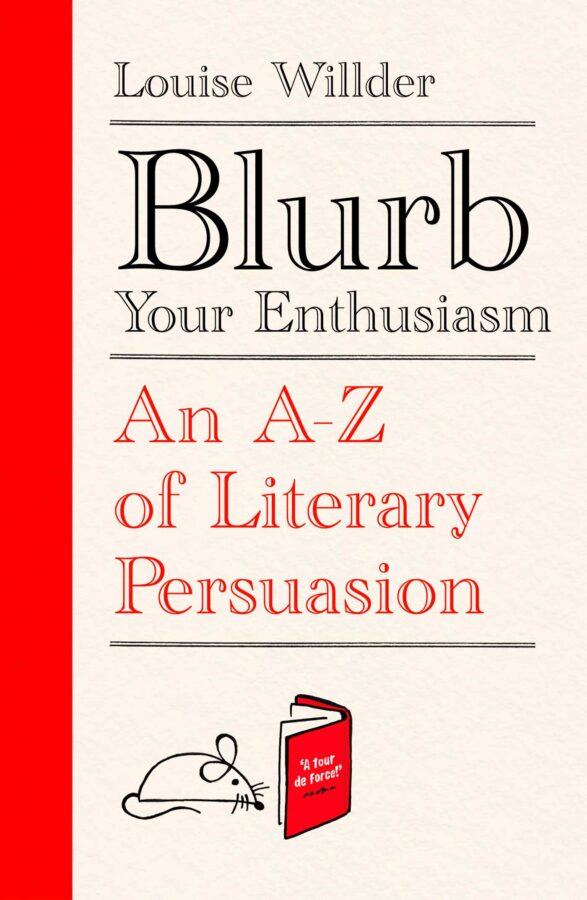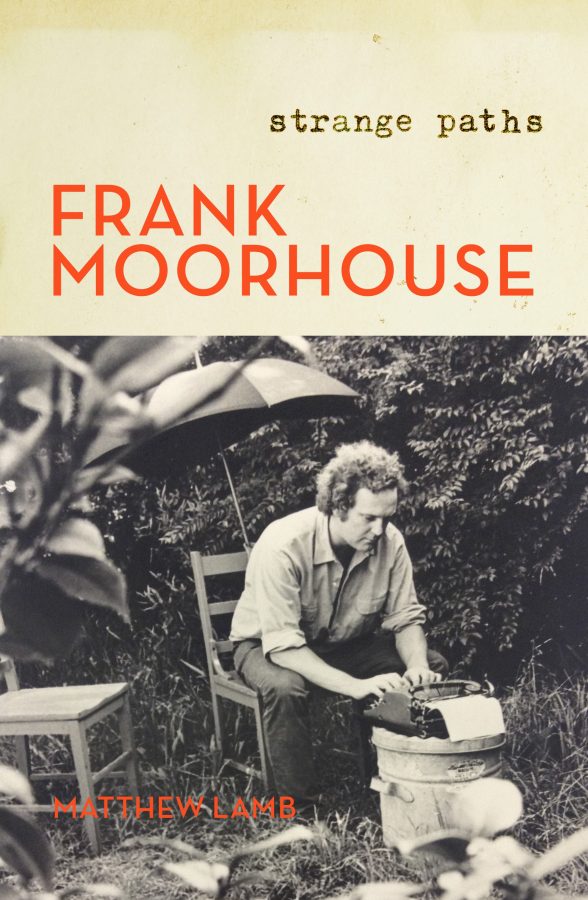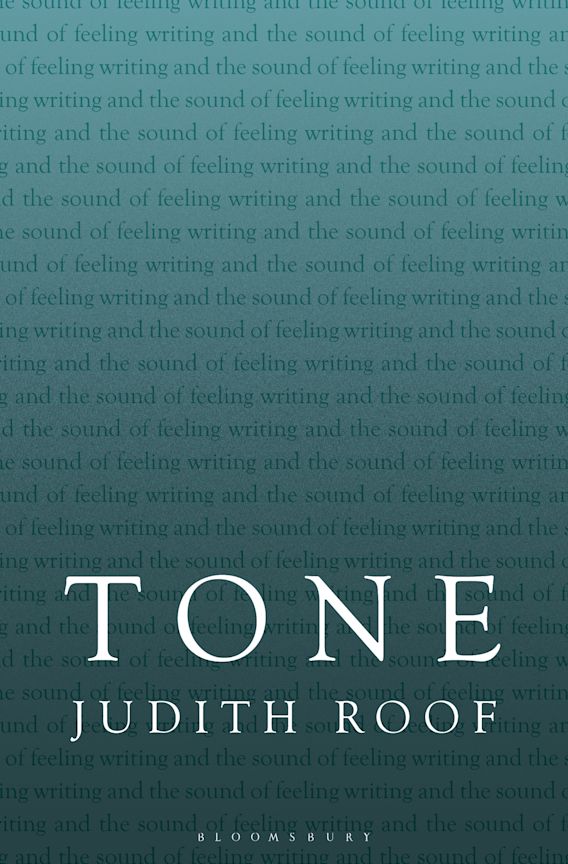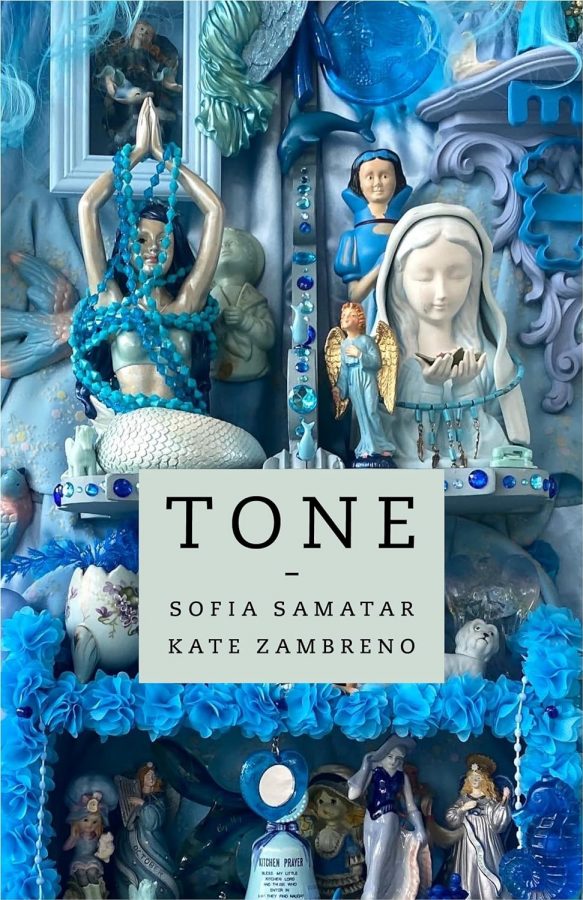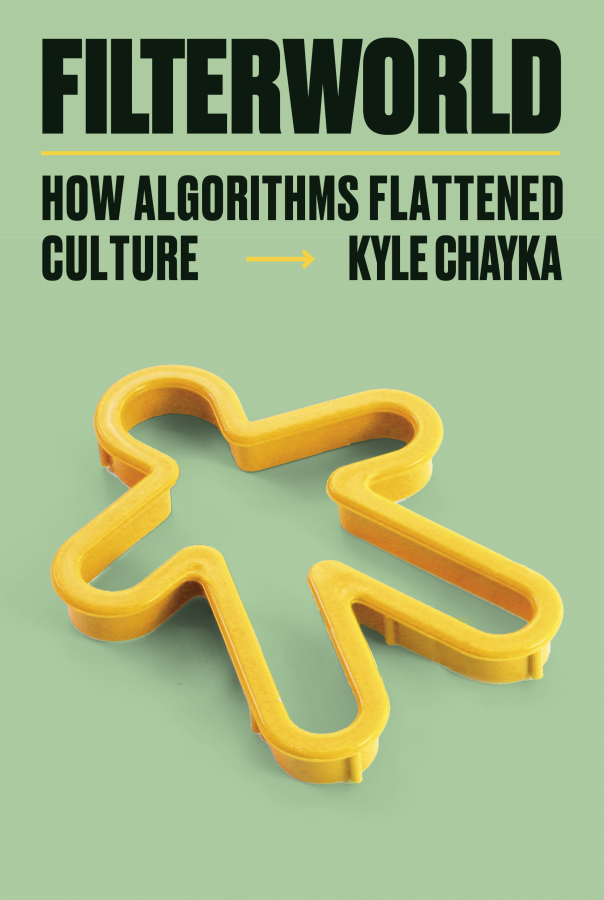Perhaps there is nothing really new to say about the blurb. At least, nothing that I haven’t already exclaimed in exasperation when a new novel lands on my desk blurbed by the author’s best friend, nothing that the guys at Spy didn’t say in their ‘Logrolling in our Time’ column back in the day, nothing that isn’t locked into the very history of the term. The word ‘blurb’ was coined in 1907 to pillory the practice of adorning book jackets with extravagant descriptions of the text contained therein. In 1914, the man to whom we owe this neologism, the American humourist Gellet Burgess, provided a gloss: ‘On the “jacket” of the “latest” fiction, we find the blurb; abounding in agile adjectives and adverbs, attesting that this book is the “sensation of the year”’. On the dummy cover of Burgess’ book Are You A Bromide? appeared the first usage. ‘Yes, this is a Blurb!’, cries a woman whose picture had been snipped from a dental advertisement. ‘All the Other Publishers commit them! Why Shouldn’t We?’ The caption reads: ‘Miss Belinda Blurb in the Act of Blurbing’. Who was the audience for this gag? The attendees of the 1907 annual dinner of the American Booksellers Association.
Blurb, then, is a twentieth-century euphemism for a particular kind of advertisement, one that uses evaluation as a figleaf for a sales pitch. In the twenty-first century book world, the blurbs are inescapable. Burgess had in his sights the vacuous forms of recommendation used by publishers to move units but he hardly made them slow down. Indeed the act of blurbing is now business as usual in the book trade. In the blurb-saturated present, authors can decry blurbs as corrupt and silly all they like. When they publish new books, however, they will be conscripted to marketing duties, obliged to solicit blurbs, and most will provide glowing snippets to hype their friends and colleagues too. Writers who negotiate complex narrative positions and personas find themselves turned into spruikers when they write blurbs. Anything less than euphoric approbation breaks with the etiquette of blurb culture.
Yet for all the blurbs that are written, be they earnest recommendations, ironic appraisals or acts of shameless nepotism, for all the exhortations to buy this amazing book right now, few Australian books sell sufficient copies to bring their authors a decent income.
The background noise to my encounter with Louise Willder’s new book Blurb Your Enthusiasm was the torrent of best books of 2022 lists and their variants that were published in December, followed by a new wave of features on books and authors to watch in 2023. Litanies of agile adjectives and adverbs, all trying to sell me sensational books. The blurbs spoke to me in bookshops too, in the press notes that fall out of review copies, and on the websites of booksellers and publishers. Whereas algorithms present personalised recommendations by rank, the blurb is a one-rank system of aesthetic value: utterly awesome.
Enthusiasm is a wearisome register. Social media platforms are hospitable environments for blurbers and I zoned out as Bookstagrammers and BookTokers and Book Twitter gushed over this and that, hashtags at the ready. There are grumblers here and there, critics too, but they’re outnumbered by enthusiasts hellbent on papering over any suggestion of mediocrity, any suggestion that the books they’re reading are any less than marvellous. ‘This book has 42-carat THRILLS in it. It fairly BURBLES.’ This is one of Burgess’ lines but it wouldn’t startle me to encounter it late at night scrolling on my phone.
The rhetoric of commendation has not changed a great deal since 1907 but the technology has. In this decade, in this century, there are more agents at work in the attention economy, and they are not restricted to book jackets to ply their recommendations. My inbox buckles as writers and publishers exert themselves to capture my attention with sales pitches masked as new and original forms of appreciation, with ever more fervent declarations of affinity. I wonder at the vitality of a public culture that must so vehemently and so frequently iterate its excellence. I turn on the radio, go to an event, flick through a festival program, and the blurbs keep on burbling. Simply put, the blurb is the idiom of contemporary literary culture.
Louise Willder writes blurbs for a living and her book is a miscellany of anecdotes from a career in publishing, interspersed with examples of blurbs from her book collection and the occasional foray into publishing history. The production of literary culture is often idealised in a way that elides the labour of workers like Willder and a vast cohort of underpaid junior editors, publicity staff, and booksellers. Blurb Your Enthusiasm is a spry and revealing account of book marketing, all the more so because Willder’s unironic enthusiasm for books and reading motivates her professional life and her sense of its purpose. This is how she explains her work:
I spend my days writing, re-writing, honing, shaping, trimming, polishing and tweaking words – like a linguistic beauty therapist – ostensibly to try and persuade people to buy books, but also to try and capture the essence of a book in a way that is instantly appealing; to dig out its unique qualities and make them sing. Put plainly, I write the blurb.
As anyone who has written a synopsis or project description with a limited character count knows, to put together a concise short text about a much longer one is a fiendish task. Also easy to corroborate are Willder’s observations about the conventions of blurb writing. Ten minutes in a bookshop will confirm the stylistic tendencies described in this paragraph:
We overuse adjectives such as luminous, dazzling, incandescent, stunning, shimmering, sparkling, glittering – always the light references! Or there are what I like to call the ‘natural disaster adjectives’: devastating, searing, powerful, shattering, explosive, epic, electrifying. Closely followed by ‘I’ve got the flu’: dizzying, dark, chilling, staggering, aching (-ly beautiful). A book is not a volcanic eruption or a virus.
Even the dullest books receive the emergency services treatment. These effects are not accidental. Minute attention is paid to short cover texts by copywriter, by editors and authors and, most of all, by marketing teams. In sharing the tricks of the trade, Blurb Your Enthusiasm prods us to recognise blurbs as a distinct genre of writing, one characterised by concision, enthusiasm, and foolish metaphors.
Willder blurbs books that she loves, but she must also apply her professional enthusiasm to books she finds so-so and those she finds utterly repellent. She writes blurbs for bestsellers and for books she is sure will be fizzers. It’s all in a day’s work, and I did enjoy the frank company of a narrator who likes her job enough to laugh about it. She is irreverent in her treatment of literary fiction, a category invented by marketers that tends to vex critics:
How do you describe and sell a book where not much happens, without resorting to the bombastic language of literary fiction? As my co-copywriter and I have concluded, you have to give the appearance of a story, even if there isn’t one. People really, really like to know what a book is going to be about.
If Blurb Your Enthusiasm is a book about being a copywriter, it’s also a book about being a reader, one with particular aesthetic inclinations. Willder is a lover of novels who is also wary of pretension and experimentation for its own sake, and doesn’t want buyers to pick up a depressing or disturbing book without forewarning. Her disdain for literary fiction (‘you know the kind of book. They win prizes’) reflects the status of such titles in the sales-driven genre hierarchies of global publishing. Plot-driven upbeat fiction lends itself nicely to the enthusiastic register of the blurb. Books that aren’t about much are sometimes classified as non-commercial when publishers know they won’t sell well. If we’re lucky, a few of these books go to market anyway. What emerges from Blurb Your Enthusiasm, however, is the implication that certain forms of writing, in resisting plot synopsis and enthusiasm, are non-blurbable. Of course, Willder and her colleagues blurb these books, just as they blurb all the rest.
Willder weaves stories of her own career in blurbing with a potted and, it must be said, spotty, history of blurbs. Her thesis is that short commendatory texts have always been used to sell books, whether bound or printed, which is broadly true, though it irons out some important contingencies. To call the crammed title page copy of seventeenth-century books ‘embryonic blurbs’ is to draw a long bow. Willder spends a little time with Roberto Calasso’s elegant description of cover copy as a ‘letter to a stranger’ but fails to reflect on its obsolescence to contemporary data-driven book marketing, which seeks most of all familiarity with readers, tracking closely not just the purchase histories but the online habits of consumers the better to pinpoint their aesthetic inclinations. And given the significance of various forms of recommendation to digital book marketing, it’s curious that Willder barely considers it. No, her interest is in books, and her history of blurbing includes those books that just keep getting repackaged by publishers. Here she is on connecting new readers to Jane Austen:
As Austen is such big business, it follows that, like any other product, her novels have been continually repurposed and repitched over the years to keep buyers interested, and to reflect the concerns, tastes, and, yes, the prejudices of their times.
Thus do Austen’s novels get reworked one year as chick-lit and the next to mark whatever anniversary of publication seems appropriate. This effort to make classics new is part of a broader practice to recontextualise books from the back catalogue to appeal to as yet untapped audiences. We might see the much ballyhooed updated versions of Roald Dahl’s books for children as continuous with the professional blurbers’ efforts to refresh known intellectual property for the market.
It is also true that many blurbs age poorly. Of blurbs of the sixties, Willder writes:
There’s something so exclamatory, so joyfully innocent, about these ‘intensely subjective’ old blurbs. They are at once completely conscious of themselves, and utterly unselfconscious. None of them would ever get past a marketing team today.
What is unselfconscious about Blurb Your Enthusiasm is Willder’s acceptance that sales determine value in publishing, and her acknowledgement of the decisive power of sales and marketing teams. This is the context for her renditions of copywriter chitchat about shit books, her wry asides about book covers being developed without anybody involved having laid eyes on the manuscript, and her accounts of the unceasing makeovers that even the most successful books must undergo to stay in the market.
Do blurbs sell books? Willder seems to think so, though she doesn’t present any hard data to make her case. As all books are blurbed, there’s no control group of unblurbed books. There’s a sketch in Blurb Your Enthusiasm where she imagines blurbs being put to the test:
A customer is in the bookshop, browsing (possibly being watched by me from a distance). A jacket catches their eye. They pick the book up, maybe they flick through it, then turn it over and skim the copy that appears on the back, or inside on the flap. In that briefest of moments, which some estimate to be around thirty seconds at the most, perhaps something in that small space will make them look twice.
What is it that will make a buyer look twice? Is it the cover design? Is it a zingy title or a sensational hook? Or is it all those names jostling for attention on the front and back cover of any given book? When Willder talks about blurbs, she means the synoptic texts that appear on the back covers of books and on websites that sell books. When the rest of us talk about blurbs, when I talk about blurbs, I mean the short recommendations written by an author’s peers that are used to market a book.
It is a convention of book marketing that a word or two of recommendation from a big name will make a buyer look twice. Peer blurbs aren’t only stuck onto the front and back covers of new releases, additional recommendations also often fill up the front pages of books, whether plucked from positive reviews of an author’s earlier work, or longer versions of the cover blurbs. What is striking to me is how little these recommendations differ from the marketing copy written by Willder and her colleagues – and of course, like those written by the pros, peer blurbs are unstinting in their praise of the work at hand. Such texts might be written to make readers look twice but on close reading they usually crumble into a heap of cliché, hyperbole, mixed metaphor and baffling grammar.
I considered slotting a bookshop scene into this essay, one that would disclose my initial motive for writing it. I would visit my local bookshop, perhaps reflect on the privilege of having a local bookshop all. I might indulge in a little nostalgia about Sydney bookshops of yore, grumble about the countertop tchotchkes, groan at the self-help books. I would then conduct my reader through a scathing recitation of egregious blurbs. This would be the section where I would name names and point to those players in Australian literature whose blurbs are so ridiculous, so dishonest, or simply so abundant that no essay on the topic would be complete without sneering at them. I would pick up one book, authored by A and blurbed by B, and, triumphantly brandish a second, authored by B and blurbed by A. Behold! The log-rolling never stops! A good way to settle a few scores and inject a bit of drama into things.
I didn’t go through with it, mainly because the exercise would point to obvious conclusions. I would not be the first or the last to bemoan the audacious cronyism that is a function of the smallness of the Australian literary field. Last month G.D. Dess wrote about blurbs for The Millions and took upon himself the task of assessing blurbs for accuracy and reliability, cross-referencing cover recommendations against lacklustre reviews or his own assessment of a book. To mistake a blurb for a useful evaluation is to miss the point: blurbs are written to sell books. An author might agree to blurb a book to build a relationship, to boost the fortunes of a deserving peer, or even out of sincere admiration. Whatever the motivation for writing them, however, blurbs are marketing copy and they have nothing to do with literary value. To single out individual blurbers is to ignore that relentless two-four drumbeat of enthusiasm; for those involved in selling books – authors and blurbers as much as publishers – to fail to keep pace is to court peril. A recent op-ed on American Dirt provoked several recapitulations of the basic critique of the blurb, including Christian Lorentzen’s bracing summary: ‘The blurb system is corrupt on its face. Blurbs may be earnest and true, but they are always the product of favors being called in: from authors’ friends, from agents’ other clients, from publishers’ other authors. Everyone knows this.’ Gellett Burgess knew this too; perhaps there really is nothing new to say about the blurb.
Michael Maguire undertook a systematic version of the bookshop exercise and wrote about his findings in a 2018 essay titled The Literary Blurb Economy. He writes:
The rise of the literary blurb in the twentieth century from occasional to ubiquitous is one of the more conspicuous developments in the industry’s expansion of instruments of distinction. In soliciting public endorsements from fellow writers, authors and their publishers wish not only to borrow symbolic capital from recognized authorities but also to situate their work within an affiliative matrix of aesthetically, generically, or thematically similar artists.
The blurb is, in his words, ‘an instrument of distinction and affiliation, hierarchization and classification’. Maguire’s map of the literary blurb economy in the United States includes the exchange of some 12,000 blurbs by 2519 authors; that is, it links writers to those writers whose books they have blurbed, and to the writers who have blurbed their books. It’s a fascinating study that also yields unsurprising conclusions. We see clusters of affiliation form around genre, geography and mediating institutions like universities. If the data confirms that for the most part, blurbs reinforce existing social categories, it also reveals a certain porousness to the networks and shows how writers with a hefty load of symbolic capital are sometimes prepared to use it to promote writers who are trying to break into the field.
A comparable exercise focused on Australian literature would draw on a much smaller dataset. The relatively modest dimensions of such a study might allow for a taxonomy that includes, say, prize judges, editors, publishers, reviewers and teachers in university creative writing programs, in order to show in greater detail how enthusiasm is exchanged. The researchers would conclude, I suspect, that the networks of recommendation relied upon by publishers to market Australian literature are very small. Blurbing on this continent would surely not stand up to an integrity audit. But this hypothetical study might also provide grounds for a more generous interpretation of the work of serial blurbers, as Maguire suggests; rather than seeing them as committed only to the accumulation of symbolic capital, their efforts to open the door for others might be more visible. And who knows, the exercise might prompt reflection on the precarious conditions under which most Australian writers labour and enthuse. The exchange of blurb-favours is often odious, self-regarding and corrupt, sure – but perhaps transactions of this nature are necessary for professional survival in a perpetually under-resourced sector.
As I read Blurb Your Enthusiasm I found myself newly sensitised to blurbs and their demands on my attention. Individual acts of positioning via blurb, even the really obnoxious ones, came to bother me less than the ubiquity of a thousand thrills a minute enthusiasm. Should blurbs be banned? Of course not. Must we launch a campaign for honest, sober language in book sales? That horse has bolted. Publishers are entitled to do what they think necessary to sell their books. What preoccupies me is the encroachment of the blurb into other domains of reading and talking and thinking and writing about books, like some great ever-metastasising blob of good vibes. The roiling hyperbole that has become the code of public book culture obscures experiences of reading beyond dazzled transport, for example, ambivalence, bafflement, contempt, curiosity, perversity, not to mention the imperatives of any kind of researcher. I loved it, it absolutely stopped me in my tracks, said a woman I met not so long ago at a book event in response to an absolutely lacklustre talk. I told her I disagreed and her face fell. The awkwardness between us I understood as my failure of enthusiasm. I scroll through Twitter and see writers shouting out to their insanely talented, truly extraordinary friends, to their incredible new books, to their god-tier essays, to their game-changing stories, and I wonder how critical feedback can possibly be delivered in such a hothouse. Gossip, bitchiness and a certain maudlin pessimism may flourish behind the scenes and on private channels, but in public the hype drowns out minor key mutterings. In these enthusiastic times, negative reviews cause shock waves, and even those critics who adopt an ambivalent attitude to their subjects are treated as killjoys.
Buy this book! You’ll love it! Blurbs parlay many forms of value – the aesthetic achievement of a novel, the diligence and likability of an author, the sensational, political, representative value of a book, what have you – but they do so in subordination to the end of market value. Incessant recommendation has permeated our literary culture to the point where sales gimmicks are mistaken for evaluation – look at those staff picks in bookshops! – and the spruikers misunderstand themselves to be critics. Not every book needs to be excellent and certainly not every book is. It’s the job of Louise Willder and her colleagues to find a way to characterise every book as quite extraordinary. They get paid for it. The rest of us are off the hook. There is value to be found in books that merit no superlatives, that have won no prizes, that have topped no lists. It’s not that there aren’t good books being published on this continent, books worthy of extravagant praise; it’s that blurb culture makes it so much harder to identify them. When all books arrive garlanded with enthusiasm, what’s a reader to do when they encounter a book that really does meet their criteria for brilliance? Tweet about it and get lost in the torrent?
